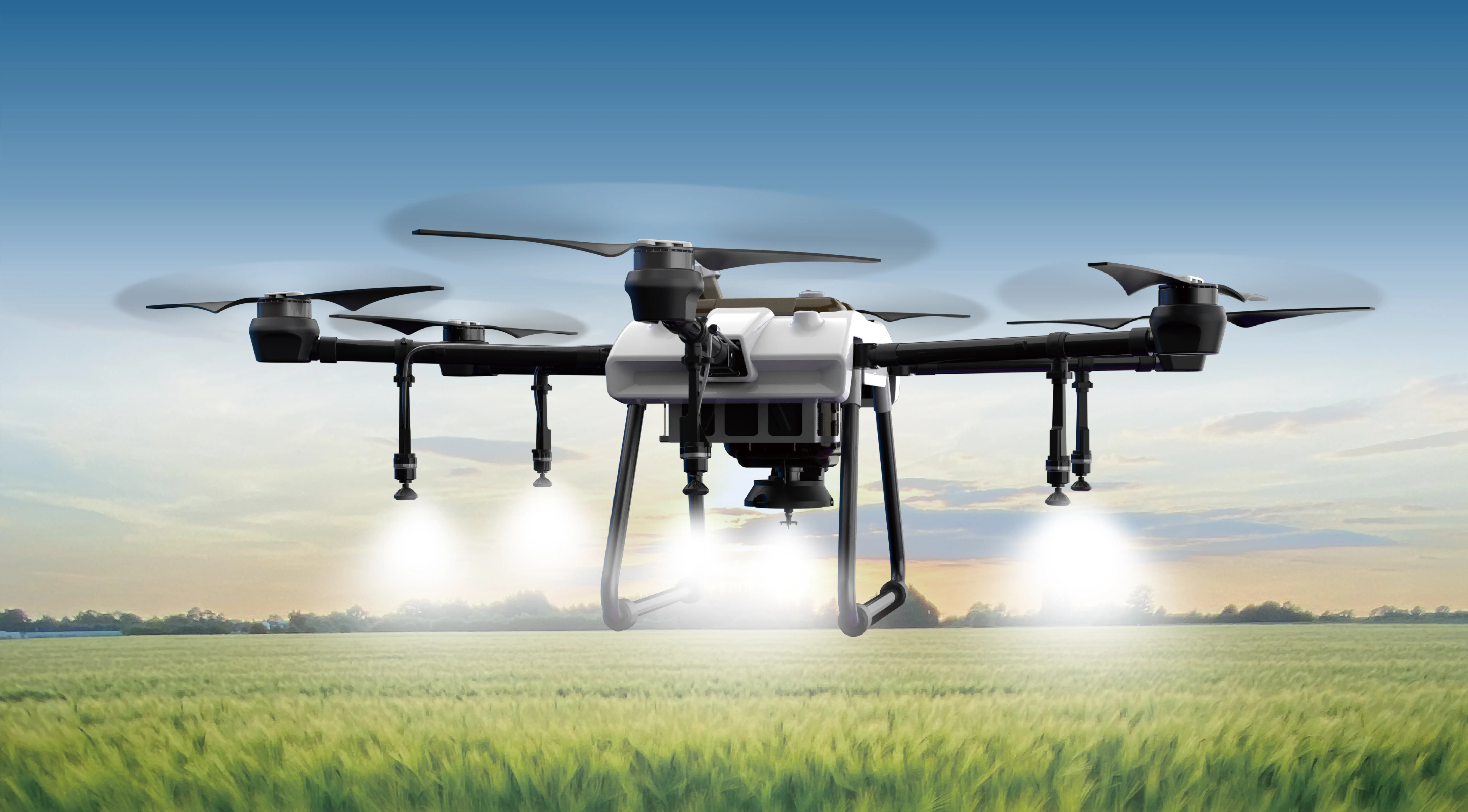Introduction: The Heart of Automation and Robotics
Imagine a world where machines respond seamlessly to your commands—moving precisely, performing repetitive tasks, or even mimicking human gestures. At the core of many automation projects lies a tiny yet powerful component: the servo motor. Whether you’re building a robotic arm, an RC vehicle, or a smart home device, understanding how to run a servo motor with an Arduino opens a universe of possibilities.

The Arduino platform has revolutionized DIY electronics, making programming and controlling motors accessible even to beginners. Servo motors, with their ability to rotate to a specific position, are especially popular because they simplify complex motion tasks. But how does one go from unboxing an Arduino to commanding a servo to move accurately? That's what we’re here to explore.
What Is a Servo Motor and Why Use It?
A servo motor is a rotary actuator that allows precise control of angular position, velocity, and acceleration. Unlike standard motors that just spin, servos have built-in feedback mechanisms and control circuitry that enable you to set the position you want the shaft to reach. This makes them ideal for applications requiring precise movements.
Common types include:
Standard Servos: Typically used for hobbyist projects, with rotational ranges of about 180 degrees or less. Continuous Rotation Servos: Designed to rotate indefinitely, suitable for wheels and drives. Digital Servos: Offer faster and more responsive control compared to traditional analog versions.
In most beginner projects, a simple standard servo is enough, thanks to its ease of use and affordability.
Getting Started: What You Need
Before jumping into the code, gather these essentials:
Arduino Board: Uno, Mega, Nano—you name it. Servo Motor: A standard hobby servo like the SG90 or MG996R. Power Supply: Usually a 5V power source; avoid powering servo directly from the Arduino’s 5V pin if using a powerful servo to prevent voltage drops. Jumper Wires: To connect components. Breadboard: Optional, but helpful for prototyping. Resistor (Optional): For signal conditioning, if needed.
Wiring Your Servo to Arduino
Connecting a servo to the Arduino is straightforward:
Connect the Power (Vcc): Usually red wire—connect to 5V power supply or Arduino's 5V pin. Connect Ground (GND): Usually black or brown wire—connect to GND on Arduino. Connect Signal (PWM): Usually yellow or white wire—connect to one of Arduino’s digital PWM pins (e.g., pin 9).
Note: Some servos have three wires, but check your servo’s datasheet for exact pinout.
Basic Arduino Code to Control a Servo
To control the servo, you'll utilize the Servo library included with the Arduino IDE. Here’s a simple example:
#include Servo myServo; // create servo object to control a servo void setup() { myServo.attach(9); // attaches the servo on pin 9 } void loop() { myServo.write(0); // tell servo to go to position 0 degrees delay(1000); // wait 1 second myServo.write(90); // go to 90 degrees delay(1000); myServo.write(180); // go to 180 degrees delay(1000); }
This simple code rotates the servo to three positions with a 1-second interval.
Understanding PWM and Servo Control
Servos are controlled via Pulse Width Modulation (PWM). The signals sent to the servo are pulses ranging roughly from 1ms to 2ms, repeated every 20ms (50Hz).
1ms pulse: corresponds to 0 degrees 1.5ms pulse: corresponds to 90 degrees (center position) 2ms pulse: corresponds to 180 degrees
The Servo library abstracts this complexity, allowing you to specify angles directly using write() method, and it handles the PWM signals behind the scenes.
Up to this point, we've covered the basics: what a servo is, why it’s useful, what hardware you need, how to connect it, and a simple code example. In the next part, we'll dive deeper into fine-tuning your servo's performance, powering multiple servos, troubleshooting common issues, and expanding your project with sensors and feedback mechanisms.
Kpower has delivered professional drive system solutions to over 500 enterprise clients globally with products covering various fields such as Smart Home Systems, Automatic Electronics, Robotics, Precision Agriculture, Drones, and Industrial Automation.




































